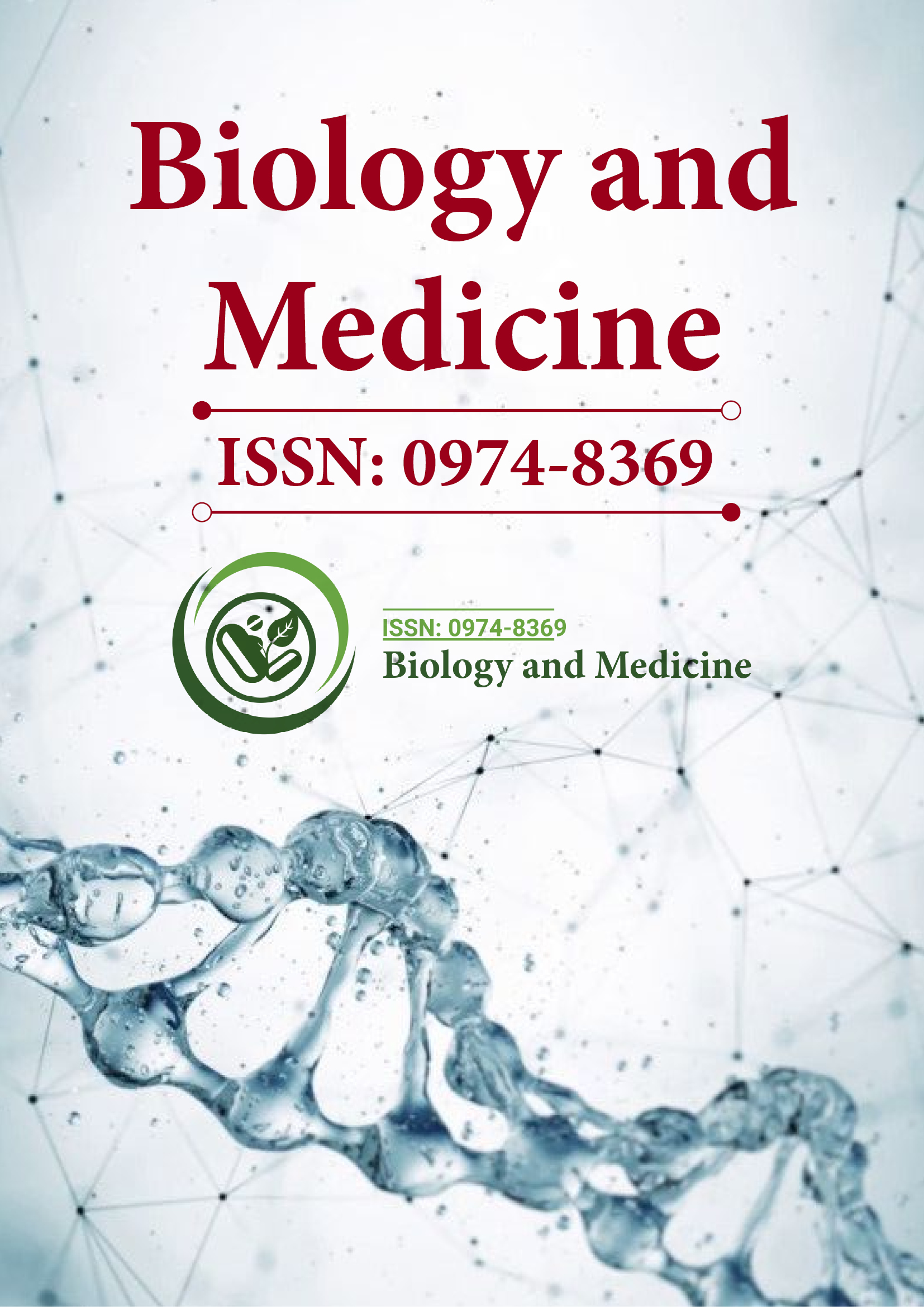糥еЉХдЇО
- жЙУеЉА J йЧ®
- Genamics жЬЯеИКжРЬ糥
- еЉХзФ®еЫ†е≠Р
- еЃЗеЃЩIF
- и•њй©ђжИИ
- дєМе∞ФйЗМеЄМзЪДжЬЯеИКзЫЃељХ
- зФµе≠РжЬЯеИКеЫЊдє¶й¶Ж
- еПВиАГжРЬ糥
- еУИеІЖиЊЊе§Іе≠¶
- дЇЪеИ©ж°СйВ£еЈЮEBSCO
- жЬЯеИКжСШи¶Б糥еЉХзЫЃељХ
- OCLC-WorldCat
- жЩЃзљЧе•ОжЦѓзЙєдЉ†з•®
- е≠¶иАЕжМЗеѓЉ
- иЈѓ
- иЩЪжЛЯзФЯзЙ©е≠¶еЫЊдє¶й¶Ж (vifabio)
- жЩЃеЄГйЪЖжЦѓ
- жЧ•еЖЕзУ¶еМїе≠¶жХЩиВ≤дЄОз†Фз©ґеЯЇйЗСдЉЪ
- и∞Јж≠Ме≠¶жЬѓ
жЬЙзФ®зЪДйУЊжО•
еИЖдЇЂж≠§й°µйЭҐ
жЬЯеИКдЉ†еНХ

еЉАжФЊиОЈеПЦжЬЯеИК
жКљи±°зЪД
дЄАзІНеРНдЄЇ RUGRAN зЪДеМїзЦЧиЃЊе§ЗеПѓжФєеЦДеІњеКњзЪДзЯЂж≠£еТМз®≥еЃЪ
жЦЗж£ЃдљР·зљЧзі†гАБеЃЙдЄЬе∞ЉеЯГе°Ф·жҐЕи•њзЇ≥гАБиП≤е••дЉ¶дљР·иОЂжЦѓеН°зЙєеИ©гАБдЉКеЖЕжЦѓ·зїіжЛЙиѓЇгАБзЙєиХЊиОО·еЯГжЦѓж≥Ґи•њжЙШгАБжЦЗж£ЃдљР·иТЩиЊЊгАБзУ¶дЉ¶жЙОиѓЇ·еЃЙе®ЬгАБи•њиіЭеИ©·жЬ±е°Юдљ©гАБдєФзУ¶е∞Љ·жҐЕи•њзЇ≥еТМй©ђеИЗеИ©иѓЇ·иТЩиЊЊ
еІњеКњжШѓдЇЇз±їзЪДеЯЇжЬђиГљеКЫпЉМжґЙеПКеЬ®з©ЇйЧідЄ≠иЇЂдљУдљНзљЃзЪДзІСе≠¶еТМдЄіеЇКз†Фз©ґпЉМдї•дЊњеЬ®йЭЩжАБеТМеК®жАБжЭ°дїґдЄЛдњЭжМБеє≥и°°пЉМдЄОдЄ™дЇЇзЪДењГзРЖеКЯиГљгАБзФЯеМЦеТМдљУжДЯжЬЙеЕ≥пЉМдї•зїіжМБжИЦеЃЮзО∞еБ•еЇЈзКґжАБгАВжЬђз†Фз©ґзЪДзЫЃзЪДжШѓж£АжЯ•дЄАзІНеРНдЄЇ RUGRAN зЪДеМїзЦЧиЃЊе§ЗпЉИиґ≥еЇХпЉЙжШѓеР¶еПѓдї•жФєеЦДзЦЉзЧЫзїЉеРИеЊБиВМиЕ±зЪДиВМиВЙеЇЈе§НпЉМдї•зЯЂж≠£еТМз®≥еЃЪеІњеКњгАВйЭЩжАБиґ≥еЇХеОЛеКЫиѓДдЉ∞жШЊз§ЇпЉМдЄОжВ£жЬЙ RUGARN иґ≥еЇХзЪДеПЧиѓХиАЕзЫЄжѓФпЉМжЬ™дљњзФ® RUGARN иґ≥еЇХзЪДеПЧиѓХиАЕзЪДеЙНиДЪе≥∞еАЉеОЛеКЫгАБжАїиґ≥еЇХеКЫеТМжАїжО•иІ¶йЭҐзІѓзЪДеАЉжШОжШЊжЫійЂШгАВињЩжШѓзђђдЄАй°єз†Фз©ґжВ£жЬЙ RUGARN иґ≥еЇХзЪДеПЧиѓХиАЕзЪДиґ≥еЇХеОЛеКЫеПШеМЦзЪДз†Фз©ґгАВжИСдїђеЬ®еПЧиѓХиАЕзЂЩзЂЛжЧґиІВеѓЯеИ∞зЪДйЭЩжАБиґ≥еЇХеОЛеКЫзїУжЮЬжШЊз§ЇпЉМеЙНиДЪеТМеРОиДЪдєЛйЧізЪДеКЫеИЖеЄГеТМжО•иІ¶йЭҐзІѓж≤°жЬЙеЈЃеЉВпЉМињЩдЄАеПСзО∞дЄНжФѓжМБиЇЂдљУдЄ≠ењГзФ±дЇОињЗе§ЪзЪДиДВиВ™зїДзїЗеѓЉиЗіеЙНиДЪиіЯиНЈињЗе§ІиАМеРСеЙНзІїеК®зЪДеБЗиЃЊгАВ